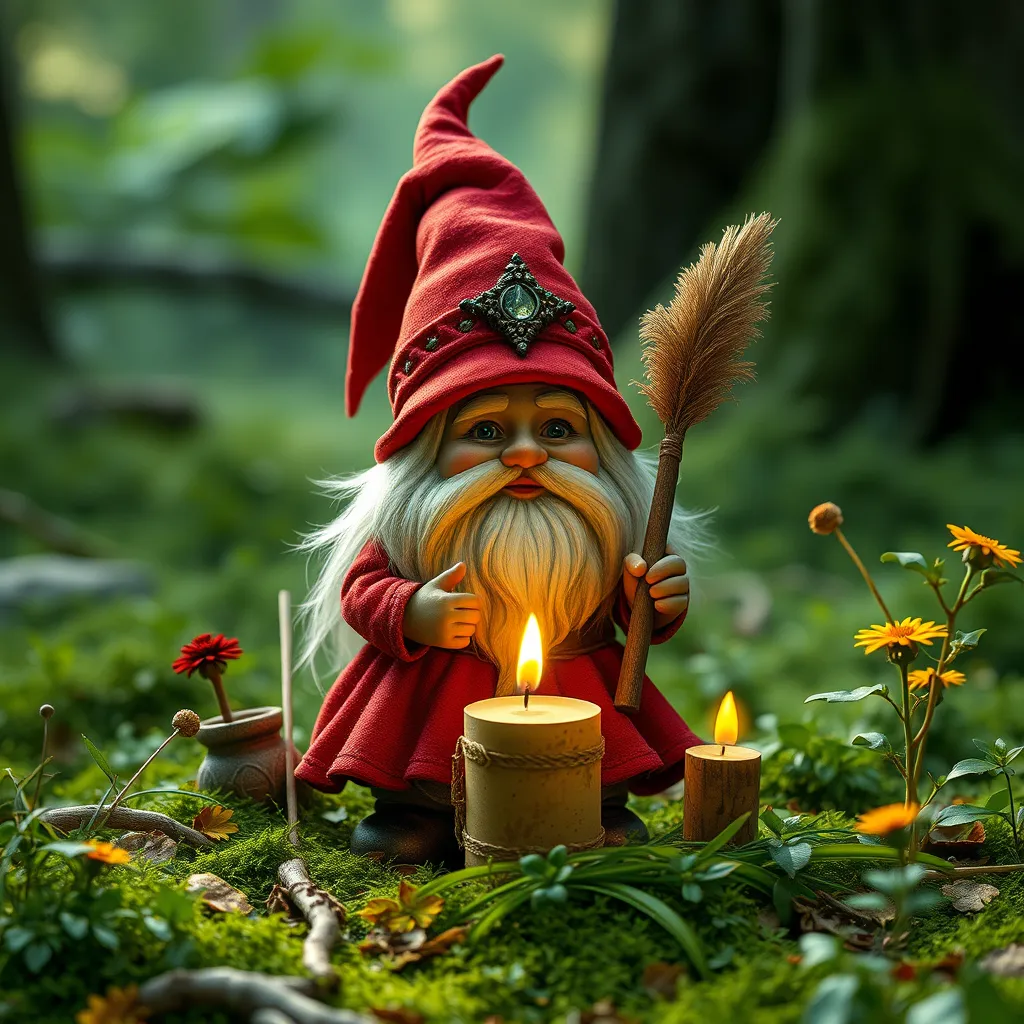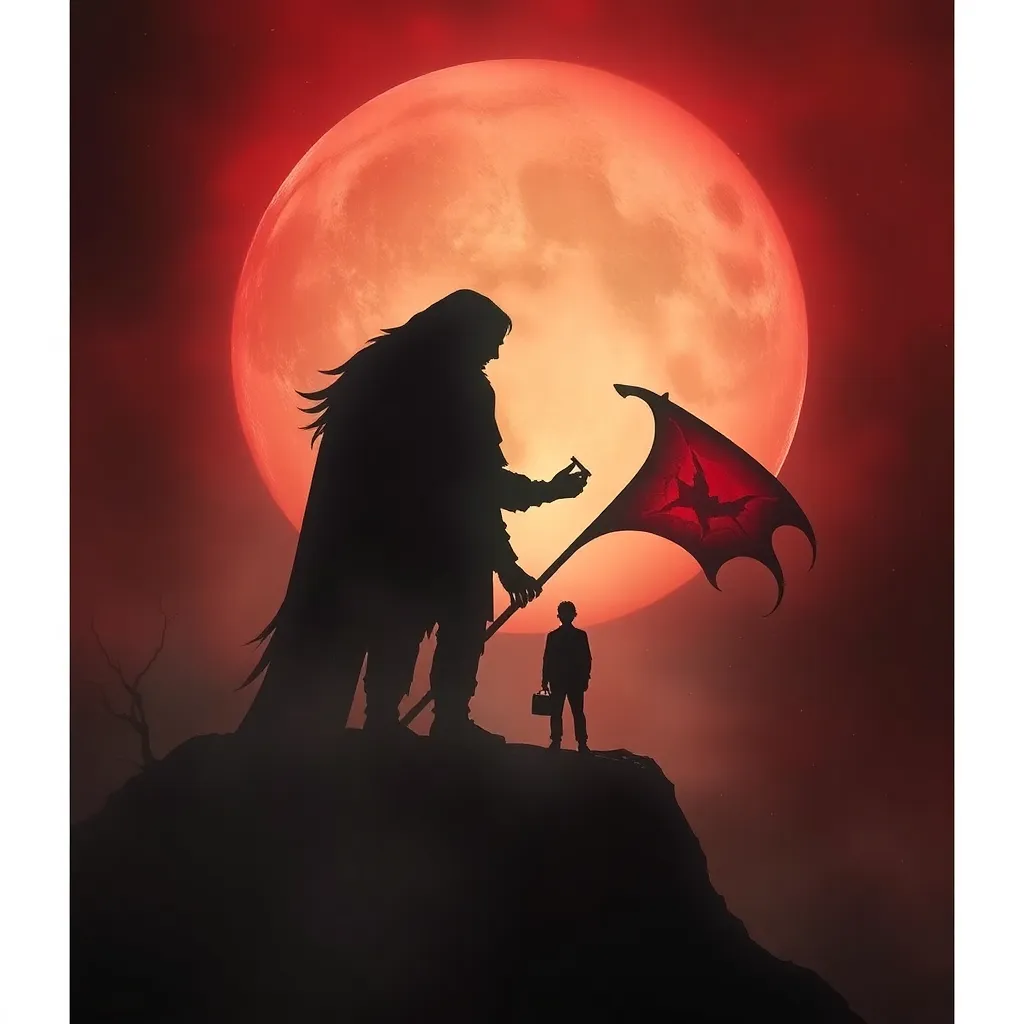The Hundred-Handed Giants as Metaphors for the Creative Force of Nature
I. Introduction
The Hundred-Handed Giants, known as the Hecatoncheires in Greek mythology, are fascinating figures that embody the immense power and creativity of the natural world. With their unique physical attribute of having a hundred hands and fifty heads, these giants represent both the potential for creation and the overwhelming force of nature. This article aims to explore the significance of the Hundred-Handed Giants as symbols of nature’s creative power, delving into their historical context, symbolism, and modern cultural relevance.
II. Historical Context of the Hundred-Handed Giants
A. Origins in Greek mythology
The Hundred-Handed Giants are described in ancient Greek texts as the offspring of Uranus (Sky) and Gaia (Earth). They were three in number: Briareus, Cottus, and Gyges. According to myth, these giants played a crucial role in the Titanomachy, the battle between the Titans and the Olympian gods, where they sided with Zeus and his allies.
B. Key stories and representations in ancient texts
The tales of the Hecatoncheires are found in various ancient sources, including Hesiod’s “Theogony.” In this work, Hesiod details how the giants were imprisoned by their father Uranus and later freed by Zeus, who recognized their potential as powerful allies. Their portrayal in art and literature often emphasizes their immense size and strength, serving as a powerful reminder of the chaotic forces of nature.
III. Symbolism of the Hundred Hands
A. Interpretation of the multitude of hands as creative potential
The most striking feature of the Hundred-Handed Giants is their one hundred hands, which symbolize boundless creativity and the ability to multitask. In many ways, these hands can be seen as a metaphor for nature’s ability to produce, nurture, and sustain life. Just as the giants could accomplish many tasks simultaneously, nature too can create a vast array of ecosystems and life forms.
B. The connection between physicality and artistic expression
The multitude of hands also reflects the physicality of creation. In artistic endeavors, the act of creation often requires both skill and physical effort. The giants’ hands can be viewed as a representation of the labor and dedication required to bring creative visions to life, whether in art, music, or literature. This connection emphasizes the idea that true creativity is often a physical manifestation of inspiration drawn from nature.
IV. The Giants and the Natural World
A. The relationship between the giants and natural phenomena
The Hundred-Handed Giants are not just symbols of creativity; they also embody the unpredictable and sometimes destructive forces of nature. Their actions are often linked to various natural phenomena, reflecting the dual nature of existence where creation can lead to chaos.
B. Examples of how their actions reflect the unpredictability of nature
- Storms and Tempests: The giants are often associated with storms, suggesting that their powerful presence can unleash catastrophic natural events.
- Earthquakes: Similarly, their immense strength could be seen as a metaphor for the seismic forces that shape the earth itself.
- Volcanic Eruptions: Just as the giants could create and destroy, volcanic eruptions serve as reminders of nature’s ability to generate new land while also causing widespread devastation.
V. Nature’s Creative Force: Inspiration and Destruction
A. Duality of creation and destruction in nature
The Hundred-Handed Giants embody the duality of nature’s creative force. While they represent the potential for artistic and natural creation, they also symbolize the inherent chaos and destruction that often accompany such power. This duality is a recurring theme in mythology, where gods and giants alike wield their power with both constructive and destructive consequences.
B. Parallels between the giants’ capabilities and natural disasters
Just as the giants can create monumental structures or unleash storms, nature itself operates on this principle of balance. Natural disasters, such as floods, hurricanes, and wildfires, can be seen as the chaotic counterparts to nature’s creativity. These events remind us of the fine line between creation and destruction, urging society to respect and understand the forces at play in the natural world.
VI. The Hundred-Handed Giants in Modern Culture
A. Influence on contemporary literature and art
The Hundred-Handed Giants have left an indelible mark on modern culture, appearing in various forms of literature and art. Their representation often serves as a reminder of humanity’s connection to the natural world and the creative forces that shape our existence.
B. Representation in popular media and its implications
In contemporary media, the giants are sometimes depicted as embodiments of chaos, serving as antagonistic forces in narratives. This portrayal reflects society’s ongoing struggle with the unpredictable aspects of nature and the consequences of human actions on the environment. Films, books, and video games frequently draw on their symbolism to explore themes of power, creativity, and the balance between human endeavor and natural forces.
VII. Lessons from the Giants: Embracing the Creative Force
A. Understanding balance between creativity and chaos
One of the key lessons we can learn from the Hundred-Handed Giants is the importance of balancing creativity with the chaos that often accompanies it. Just as the giants wielded their power with both artistic and destructive potential, we too must navigate the delicate interplay between innovation and the unpredictable nature of life.
B. Encouraging a deeper appreciation for nature’s dynamic processes
By embracing the lessons of the giants, we can foster a deeper appreciation for the complexity and dynamism of the natural world. Recognizing that creativity and chaos coexist can inspire us to engage with nature more thoughtfully and responsibly, acknowledging our role within it.
VIII. Conclusion
In summary, the Hundred-Handed Giants serve as powerful metaphors for the creative force of nature, highlighting the intricate balance between creation and destruction. Their multifaceted symbolism encourages us to reflect on our relationship with the natural world and the boundless potential that exists within it. As we consider the giants’ significance, we are reminded of the profound connection between creativity, nature, and the human experience, urging us to embrace both the beauty and chaos that define our existence.




